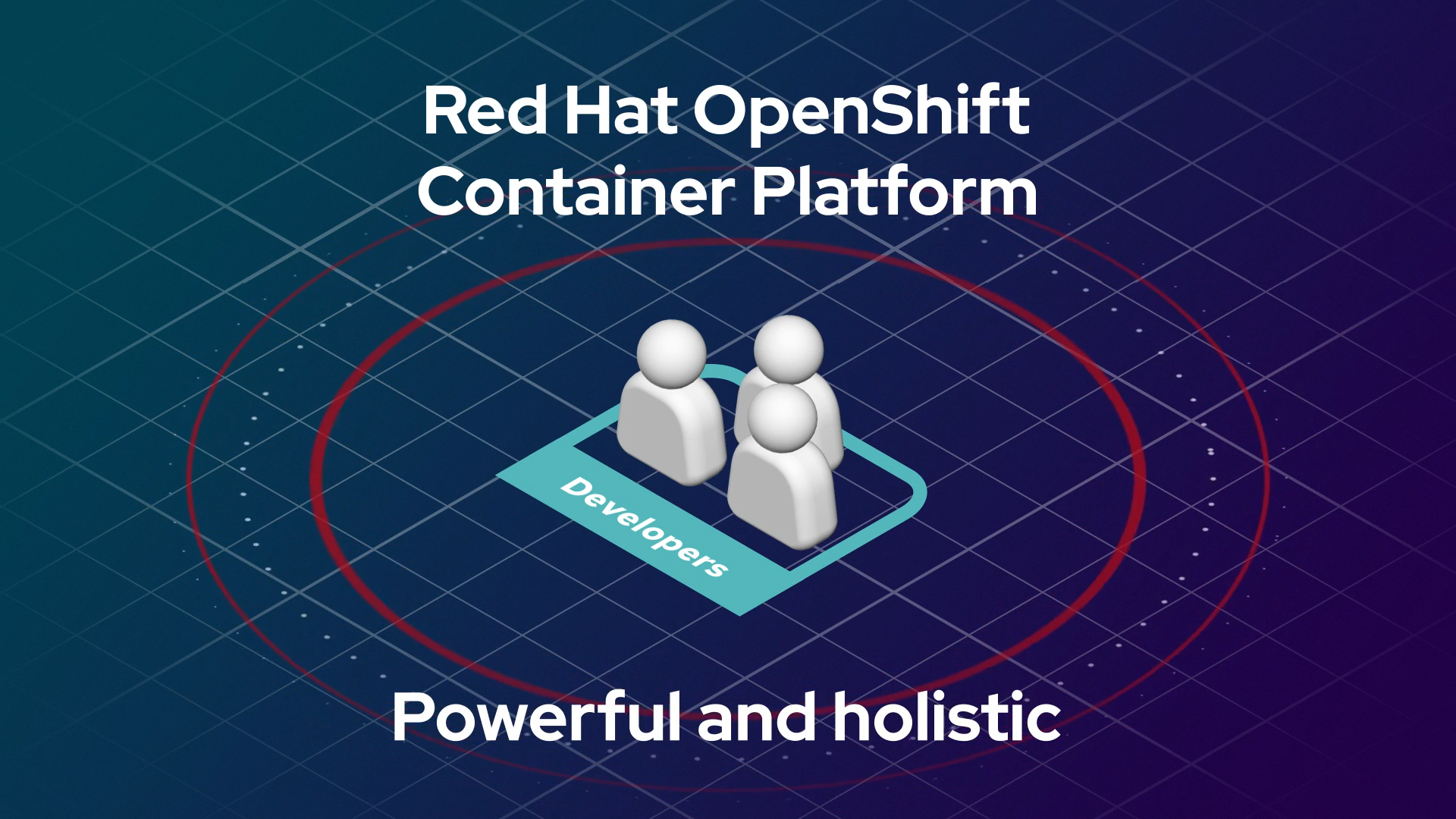Red Hat's OpenShift 4.5 enables the cloud-native 5G core
Red Hat’s latest version of OpenShift provides new capabilities that enable developers to build, deploy and manage applications in Kubernetes-based environments.

Red Hat, the world's leading provider of open source solutions, has announced the availability of Red Hat OpenShift 4.5, the latest version of the industry’s most comprehensive Kubernetes platform.
Red Hat says that OpenShift 4.5, which includes the general availability of OpenShift Virtualization, is “designed to help organizations break down application barriers between traditional and cloud-native infrastructure and extend control over distributed resources”.
According to Timo Jokiaho, Red Hat’s Global Telco Partner Technologist, the transition to 5G is also going to coincide with a transition to containers and cloud-native applications.
"The advantages of the cloud-native approach can be seen in particular in the main use cases of 5G."
Timo Jokiaho, Red Hat.
“Virtualized workloads are evolving into containerized workloads,” Jokiaho previously told 5Gradar. “Virtualization will be there for years to come though, in one form or another. The advantages of the cloud-native approach can be seen in particular in the main use cases of 5G and thus in network slicing, or in other words, the provision of multiple virtual networks on a common physical infrastructure.”
OpenShift for 5G Core
Research from Gartner supports this, saying that “by 2022, more than 75% of global organizations will be running containerized applications in production, which is a significant increase from fewer than 30% in 2019”.
And at the edge, mobile network operators (MNOs) are already using Network Functions Virtualization like Red Hat OpenStack, with distributed nodes for software-defined wide area networks (SD-WAN) and mobile applications. This move away from running business-critical applications as virtual machines (VMs) is growing within the telecommunications sector, as they transfer to cloud-native applications on Kubernetes-based container platforms, such as Red Hat OpenShift for 5G Core (5GC), Edge and RANs, for example.
"With OpenShift, our customers can progress their infrastructure forward to take advantage of cloud-native advances."
Ashesh Badani, Red Hat.
“Since its creation, we have worked to make Red Hat OpenShift a platform that enables customers to embrace cloud-native approaches while also supporting existing traditional applications,” said Ashesh Badani, senior vice president of cloud platforms at Red Hat. “Red Hat OpenShift continues to forge this path by bringing virtualization to Kubernetes without dragging Kubernetes back to legacy virtualization infrastructure. With OpenShift, our customers can progress their infrastructure forward to take advantage of cloud-native advances without neglecting past infrastructure investments.”
Get up to speed with 5G, and discover the latest deals, news, and insight!
The new version of Red Hat OpenShift 4.5 introduces full-stack automation for VMware vSphere deployments. And with full-stack automation, an administrator only needs to provide credentials to a vSphere deployment, and the installer provisions all of the resources needed, enabling a faster initial setup experience and easier ongoing management and maintenance.
You can learn more about Red Hat OpenShift 4.5 by clicking here.
- Discover the best 5G networks in the UK and US
- Get your hands on the hottest 5G phones
- Millimeter wave: the secret sauce behind 5G
- The complete guide to 5G security
- We reveal the latest 5G use cases
- Discover the truth behind 5G dangers
- 5G towers: everything you need to know
Dan is a British journalist with 20 years of experience in the design and tech sectors, producing content for the likes of Microsoft, Adobe, Dell and The Sunday Times. In 2012 he helped launch the world's number one design blog, Creative Bloq. Dan is now editor-in-chief at 5Gradar, where he oversees news, insight and reviews, providing an invaluable resource for anyone looking to stay up-to-date with the key issues facing 5G.

